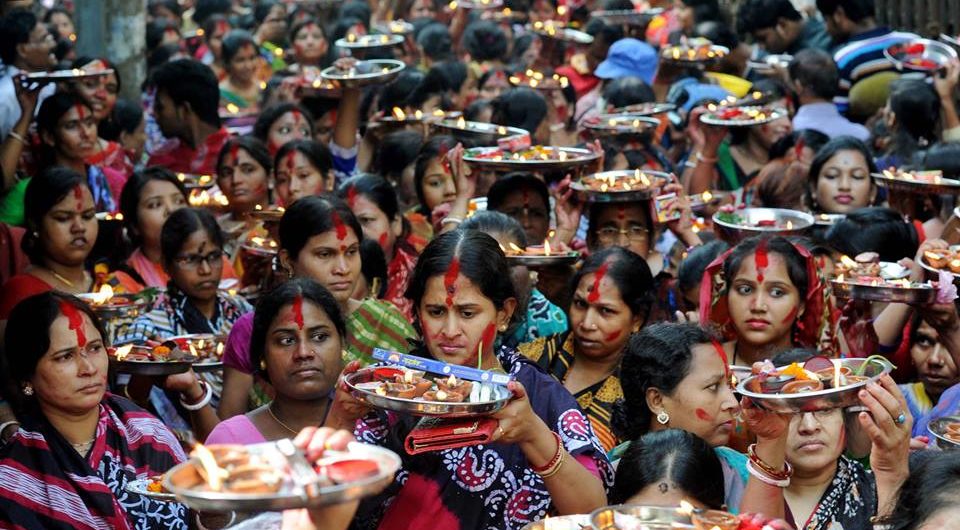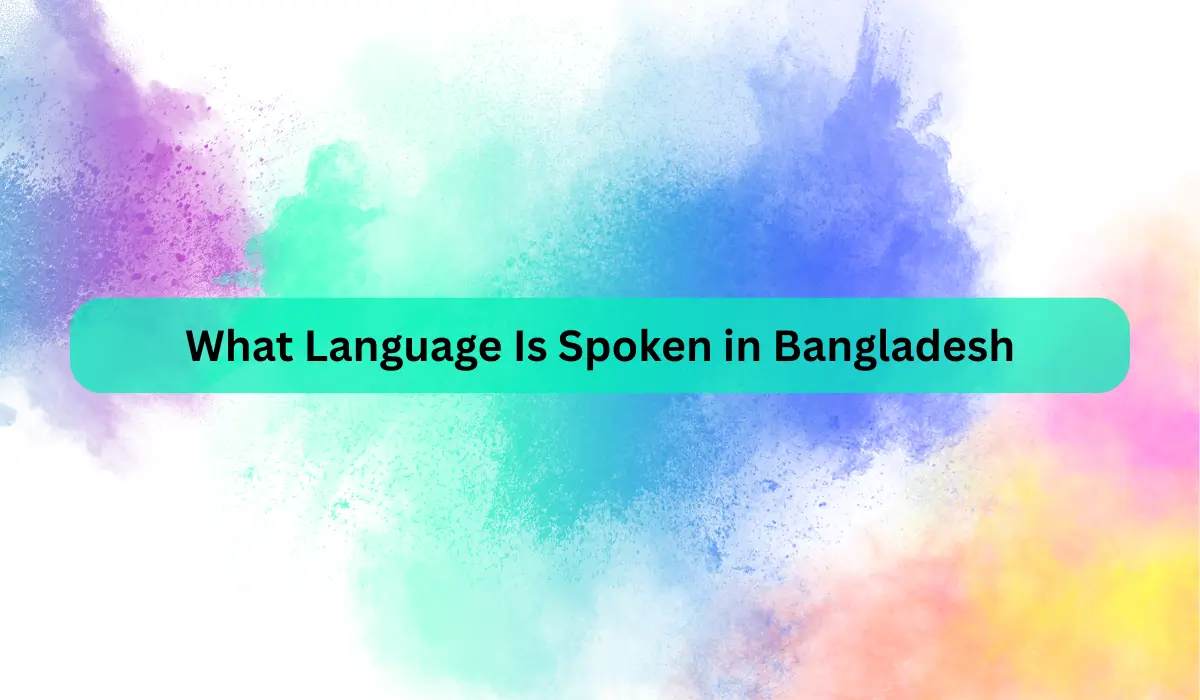Bangladesh comes alive during Kali Puja, a mesmerizing festival that showcases the country’s rich cultural tapestry and spiritual depth. This annual celebration transcends religious boundaries, offering a unique glimpse into the heart of Bengali Hindu tradition and community spirit.
What is Kali Puja?
Kali Puja, alternatively known as Shyama Puja or Mahanisha Puja, is a significant Hindu festival honoring Goddess Kali. Typically occurring in October or November during the new moon of the Hindu month Kartik, the festival symbolizes the eternal battle between good and evil.
Key Highlights of the Festival
- Timing: Falls on the new moon day of Kartik (October-November)
- Significance: Celebrates the triumph of good over evil
- Central Figure: Goddess Kali, embodying divine feminine energy
Preparations and Rituals
The festival’s preparations begin days in advance, transforming Bangladesh into a canvas of cultural expression:
Pre-Festival Preparations
- Intricate alpana (floor art) decorating household entrances
- Creating elaborate rangoli designs
- Preparing traditional decorations and offerings
Worship Rituals
Devotees engage in sacred practices that showcase deep spiritual devotion:
- Bathing Kali’s idol with milk, honey, and water
- Offering flowers, fruits, and incense
- Chanting mantras and hymns
- Rhythmic dhak (traditional drum) performances
Cultural Extravaganza
Kali Puja extends far beyond religious observance, becoming a spectacular cultural event:
Community Celebrations
- Dazzling street illuminations
- Vibrant processions
- Traditional performances of dance and music
- Community feasts and shared meals
Artistic Expressions
- Intricate Kali sculptures
- Traditional handicrafts
- Folk performances like Baul songs and jatra (folk theater)
- Dhunuchi Naach (traditional dance)
Modern Significance
In contemporary Bangladesh, Kali Puja represents more than a religious festival:
- Promotes unity and social cohesion
- Preserves cultural heritage
- Bridges community differences
- Celebrates collective identity
Why Kali Puja Matters
The festival embodies core cultural values:
- Spiritual devotion
- Community solidarity
- Artistic expression
- Cultural preservation
Tourism and Cultural Impact
Kali Puja has become a significant attraction, drawing both local and international visitors interested in experiencing Bangladesh’s rich cultural landscape.
Experiencing Kali Puja
Visitors and locals alike can immerse themselves in the festival by:
- Visiting local Kali temples
- Participating in community celebrations
- Enjoying traditional performances
- Sampling festive cuisine
- Observing intricate rituals
Conclusion
Kali Puja in Bangladesh is a testament to the country’s vibrant cultural fabric. It seamlessly blends spiritual devotion, artistic expression, and community spirit, offering a profound glimpse into the nation’s rich traditions.
Quick Tips for Visitors
- Respect local customs and traditions
- Ask permission before photographing rituals
- Dress modestly
- Engage with local communities respectfully
Experience the magic of Kali Puja – where spirituality, art, and community converge in a breathtaking celebration of life and culture.
Kali Puja in Bangladesh: Frequently Asked Questions
1. When is Kali Puja Celebrated?
Kali Puja typically occurs in October or November, specifically on the new moon day of the Hindu month Kartik. The exact date varies each year according to the lunar calendar, but it usually falls during the autumn season.
2. Who Celebrates Kali Puja in Bangladesh?
While primarily a Hindu festival, Kali Puja is celebrated by diverse communities across Bangladesh. Bengali Hindus are the main participants, but the festival attracts people from various backgrounds, showcasing the country’s cultural inclusivity and religious tolerance.
3. What are the Main Rituals of Kali Puja?
Key rituals include:
- Bathing the Kali idol with milk, honey, and water
- Offering flowers, fruits, and incense
- Chanting sacred mantras
- Performing traditional drumming (dhak)
- Creating intricate alpana and rangoli decorations
- Preparing and sharing festive meals (bhog)
4. How Can Visitors Respectfully Participate in Kali Puja?
Visitors can:
- Attend local temple celebrations
- Observe traditional performances
- Dress modestly
- Ask permission before taking photographs
- Participate in community feasts
- Respect local customs and spiritual practices











Comments